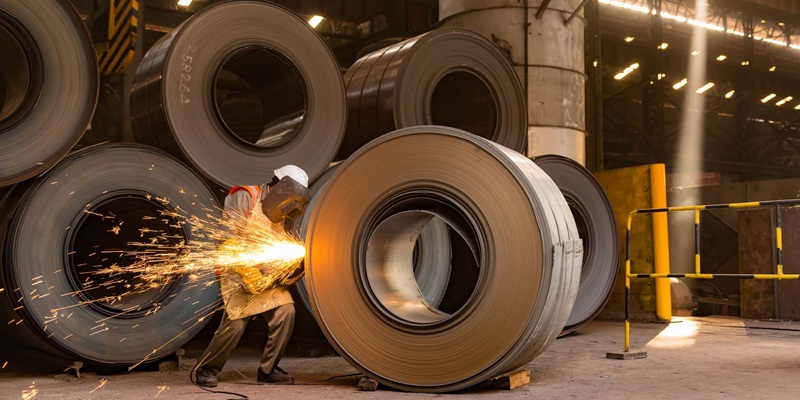Schedule a Call Back
Mobile robots: Redefining material handling
 Industry News
Industry News- Mar 02,22
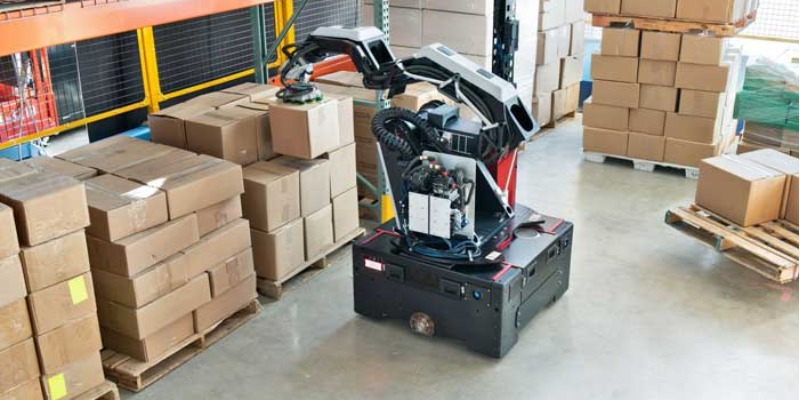
Robot mobility is a game-changing set of technologies that are enabling new industry business models, improving efficiency and sustainability, and making work safer and more rewarding in a wide range of industry sectors. Rapid advances in hardware and software are leading to a boom in mobile robots in a number of industry sectors.
There is particularly strong growth in Autonomous Mobile Robots (AMRs) which can navigate and perform other functions autonomously in industrial and service sectors. For example, unit sales of logistics robots, which are almost all AMRs, increased six-fold between 2014 and 2019, and the IFR (International Federation of Robotics) predicts average annual growth in unit sales of 31% between 2020 and 2023. The use of AMRs in public environments is also increasing rapidly – for example, the IFR predicts strong growth of almost 40% per year in unit sales of mobile guidance, information and telepresence robots between 2020 and 2023.
AMRs enable companies to improve the quality of products and services, respond effectively to rapidly changing customer demand, remain competitive and provide a safer and more stimulating work environment for employees.
Mobile robotics today
Mobile robots employ a variety of methods of locomotion. They may be ground-based, water-based or aerial. Ground-based robots may use tracks, wheels or legs. The fastest-growing segment of mobile robots is the Autonomous Mobile Robot (AMR). An AMR may consist only of an autonomous mobile platform or base, which can be loaded with goods to transport. It may also have attachments such as forks that enable additional functionality. Or it may be a complete mobile system comprising a mobile base, user interface and tailored functionality.
Mobile bases with or without attachments predominate in manufacturing, logistics and healthcare, used to transport materials and packages around factories, warehouses and hospitals. They either replace, or are used in addition to, Automated Guided Vehicles (AGVs) which rely on guide-paths and other external markers to navigate and cannot map their own route. AMRs can map their environment (or update on a pre-supplied map) and locate their position within it. They can perceive and respond to obstacles – for example slowing down or stopping – and they can plan an alternative route to their destination. Most AMRs are used in indoor environments and are wheeled. Inspection robots in plants may be legged.
While AGVs traditionally operate in industrial settings where interaction is restricted to trained personnel, AMRs are already at work in both industrial settings and in applications where contact with the general public is either intended (such as information robots) or cannot be avoided (for example, delivery and cleaning robots in hospitals). In the retail and hospitality sector, complete mobile systems are most common – for example information and stocktaking robots.
Developments in mobile robots are proceeding at a fast pace. One reason is that these technology advances are applicable in many different industry sectors – so a solution for an application in one sector can be quickly adapted to another. Developers are turning their sights to assistive systems that help set up and manage processes including the integration of mobile robots in automation systems, and robot programming. This reduces the overall cost of implementing and running robots, which will spur adoption. Finally, new leasing models give companies greater flexibility in the financial planning of automation.
Manufacturing and logistics (in addition to healthcare, retail, and public environments) have seen significant rise in the usage of AMRs in the last few years.
Aiding manufacturing
AMRs are used by manufacturers to transport parts throughout the factory as well as to feed machines. The AMR consists of a mobile base which can be loaded with containers or manipulation equipment, including robot arms. Some AMRs are also constructed to tow a container. In almost all mobile applications to date, only one of either the base or the manipulator moves at any given time. Coordinating the motions of both the base and the manipulator simultaneously is complex, both technically and from the perspective of ensuring safety, but we can expect to see more applications in which both are in motion at the same time. For example, a robot arm equipped with a 3D vision system could perform a quality inspection on parts it is transporting while the base is on the move.
AMRs are more flexible, and safer than forklifts. However, the distinction between an AMR and a forklift is starting to blur. AMRs can be equipped with forks and are now starting to carry the heavy loads typically transported by forklifts. For example, automotive manufacturers are testing using AMRs to transport car bodies from one production station to another, with a view to replacing conveyors, saving space, and also giving automotive manufacturers more flexibility to reconfigure production lines.
AMRs are also a critical enabler of modular production models (sometimes also termed ‘matrix production’). In general, manufacturers are increasingly looking to separate the task of fetching and carrying to the right place at the right time – generally referred to as ‘intralogistics’ – from the actual manufacturing process in order to improve cost efficiency and enable greater flexibility in production scheduling. Modular production takes this concept further by not only splitting logistics and production but also dividing up the end-to-end manufacturing process such that the production of one product is no longer linear but is split into modular ‘stations’.
In the future, AMRs will increasingly form the backbone of full robotic solutions in manufacturing. Rather than buying a machine (for example for tooling) and a robot, manufacturers will be able to select a tooling solution comprising a mobile base with a robot arm equipped with the correct tool, that can be taught by guiding the robot arm. For manufacturers with legacy production machines, this scenario may not be economically viable in the short or medium term.
However, over the longer term, and as manufacturers set up production lines from scratch, we can expect this model (and other variants of complete robotic solutions) to become more widespread.
Increasing logistics efficiency
For the approximately 95% of logistics providers that have not automated, two key motivations for AMR adoption are maximising the existing space and dealing with labour shortages. AMR vendors report that customers can process double the volume of goods within the same space using AMRs. As the logistics sector booms, most companies face labour shortages, problems ramping up staffing at peak periods, and high turnover. A number report that AMRs not only fill labour gaps, but also improve retention of existing staff who no longer have to carry heavy goods and tug carts. AMRs are used for transporting goods throughout a warehouse as well as picking and stacking goods.
Traditionally, automated guided vehicles (AGVs) in logistics have worked in a highly standardized manor, following pre-set guided routes, and working with uniform pallet and crate sizes. AMRs are increasingly being added to the fleet or replacing AGVs. There is high demand for applications such as: tugging pallets; loading and unloading pallets and; order fulfilment. Most AMRs are mobile bases but tugging robots and AMRs with forklifts for moving pallets are also used.
New models for order fulfilment, using AMRs, are emerging. AGVs have been used for some time in ‘goods-to-person’ models in logistics and warehouse management in e-commerce. A number of ecommerce companies such as Amazon and Ocado have huge, highly efficient goods-to-person models using thousands of AGVs following pre-defined routes and managed centrally. A more recent development, using AMRs, is the ‘robot-to-person’ model, where the AMR is the central point for fulfilling individual orders. The AMR is fed a customer order from the order fulfilment system and then goes to the nearest picker in the area of the first item. The picker finds a required item, scans it and puts it in the AMR’s cart. The AMR moves to the next picker for the next item and continues in this manner until it has completed the order. A combination of goods-to-person and ‘robot-to-person’ models may also be used.
Fleet management software can be used to manage a fleet of mobile robots or expanded to cover other hardware and machines with which the robot interacts, is also developing rapidly, enabling logistics providers to more easily automate their entire logistics operation.
An increase in demand for smaller batches of customised products with short turnaround times is changing the way some manufacturers are structuring their production operations. This of course has a downstream knock-on effect on logistics providers. Logistics has traditionally been organised in a similarly linear fashion, with fixed conveyor belts leading from one station to another. Increasing pressure to deal with smaller, non-standard lots is driving some logistics players to move away from fixed conveyor belts to AMRs, which give them increasing flexibility to quickly redesign the various stations in the logistics process – though conveyor belts are likely to still play a role in the process. New e-commerce companies are more likely to consider AMRs from the start as they have no existing investment in legacy equipment.
Manufacturers of existing logistics hardware, such as conveyor belts and forklift trucks, are also automating their vehicles, sometimes working in partnership with specialist software companies. Meanwhile, some conveyor belt manufacturers are adapting their products to be more compatible with static robots – such as pick-and-place robots.
Huge strides have been made over the last few years in pick-and-place robots which are now able to quickly identify items to pick, work out how to pick them, and apply the correct motion. In many cases, they do this whilst the object is moving, for example on a conveyor belt. The technology behind pick-and-place is highly complex, using 3D vision, image-recognition algorithms (mostly trained through supervised learning, though, as we noted earlier, there are developments underway in unsupervised learning that would enable the robot to work out which object to pick on its own) and path-planning algorithms to determine approach and correct grasp angle and force. The pick-and-place robots are typically static, with AMRs delivering to the line and transporting picked goods. In the future, we may see pick-and-place applications using robot arms on mobile bases. These developments are also highly applicable in retail environments.
Most developments that we can expect in AMRs in logistics over the next five years relate to increased interoperability between machines in and between fleets and with other machinery. As we noted earlier, this can represent a significant portion of the overall cost of installation of more complex mobile automation scenarios. The cost of component parts such as sensors should gradually reduce, and safety standards for components such as sensors and vision control systems will also develop.
Attention is also being devoted to reducing energy consumption of mobile automation. Around 65-70% of total energy requirements for automated warehouses currently goes to powering edge computing (where data is processed separately to, but near, the robot or other machine) and sensors of various kinds.
Over a longer timeframe, we can also expect robots and automation to enable logistics providers to move into the customisation stage of manufacturing – for example engraving, embroidery or embossing. AMRs with robot arms are likely to play a significant role as this becomes reality.
Courtesy: International Federation of Robotics (IFR)
This article is an extract from IFR's Information Paper on Autonomous Mobile Robots (AMRs)
Related Stories

Robust investments boosted warehousing & logistics: Vestian
The share of engineering and manufacturing sector increased from 18 per cent in 2023 to 24 per cent in 2024, propelled by various government initiatives such as ‘Production Linked Incentive (PLI)�..
Read more
Government boosts logistics digitally: Arvind Devaraj
The use of technologies in logistics cannot be only the burden on the shoulders of government. For something to be created there should exist an environment consisting of private businesses, emergin..
Read more
SafeStorage launches operations in Kolkata
SafeStorage actively manages 12,000+ customer storage units across 20+ warehouses in cities like Bengaluru, Mumbai, Delhi, Hyderabad, Pune, Chennai, and Coimbatore. Known for setting industry benchm..
Read moreRelated Products
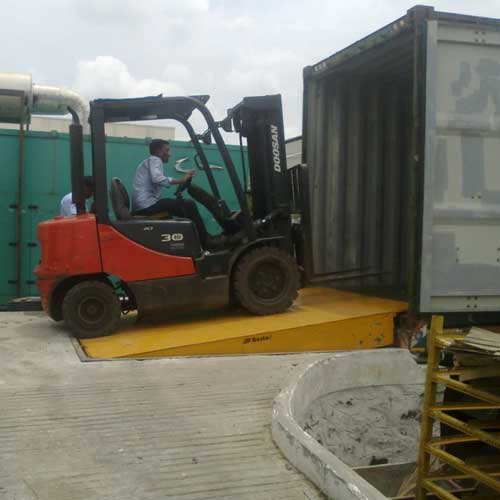
Dock Leveller
Besto Material Handling Equipments offers a wide range of dock leveller.
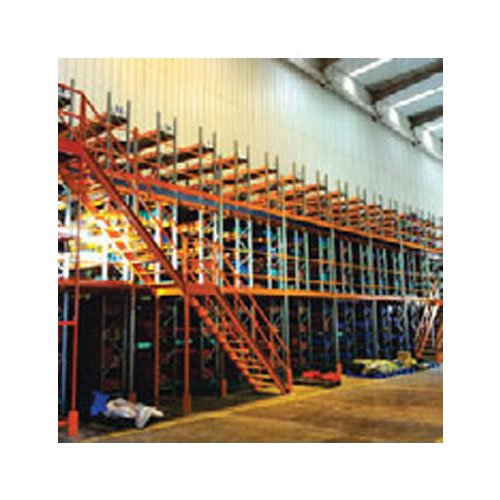
Multi Tire
SCI Storage Solution offers a wide range of multi tire.
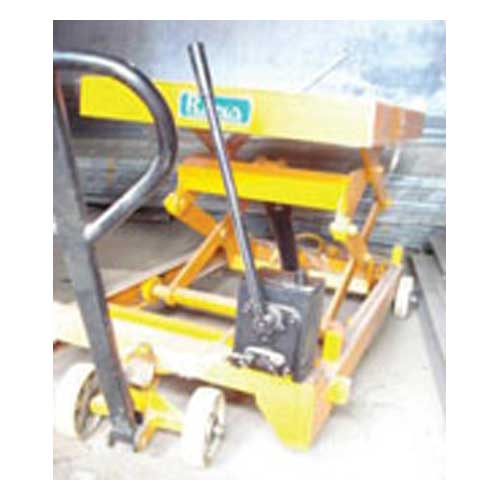
Industrial Lifting Equipment
Rana Material Handling Equipments Pvt Ltd offers a wide
range of industrial lifting equipment.






